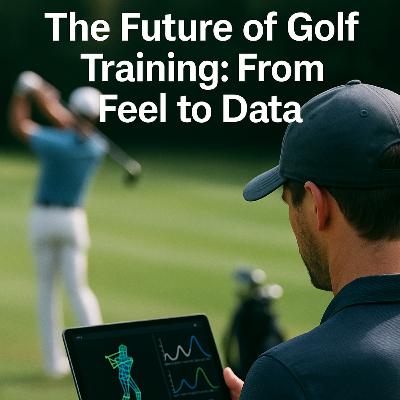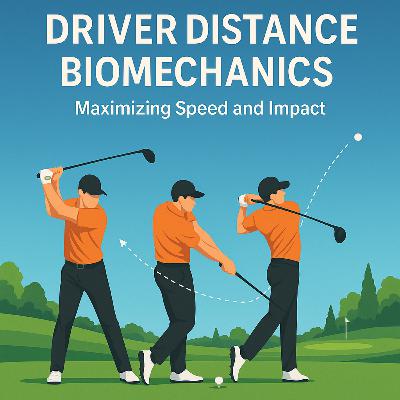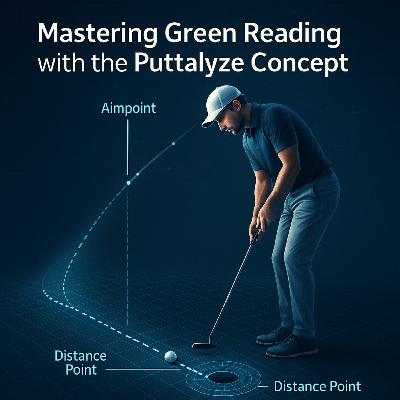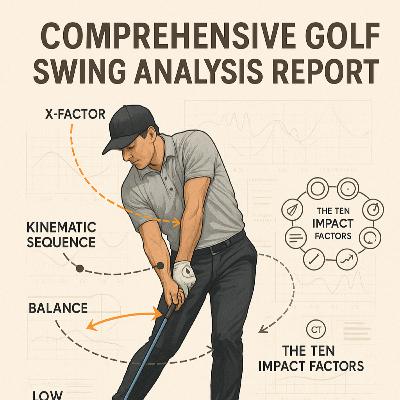#364 The Future of Golf Training: From Feel to Data
Description
For centuries, golf instruction relied on the trained eye of coaches and two-dimensional video analysis. But the swing is a three-dimensional movement that unfolds in less than two seconds, and much of its complexity has always remained hidden. Artificial intelligence is now changing that.
With a single swing recorded on a smartphone, today’s systems deliver more than 35 biomechanical measurements instantly. Motions once tracked in sports labs over hours are now available on the range within seconds. Players and coaches can see chest turn, pelvis sway, side bend, shaft lean, X-Factor stretch, and many other key movements.
The power of this technology lies not only in raw numbers but also in interpretation. If the system detects scooping at impact—when the club handle trails behind the ball, costing distance and control—it highlights the fault and recommends drills to correct it. This makes practice sessions targeted and measurable rather than trial and error.
Modern motion analysis integrates seamlessly with Bio Swing Dynamics, a system that recognizes nine distinct biomechanical swing patterns. Rather than chasing one “perfect swing,” golfers are guided to a model that fits their body. Whether you are “upper core,” “middle,” or “lower,” your hinge, arm, and release style create a personal blueprint. Combined with AI data, coaching becomes fully customized.
What do coaches focus on? Three timeless truths:
Stable posture – Excessive lateral pelvis drift, measured as Sway Gap, undermines strike quality. Stability allows the body to control motion through impact.
Efficient sequencing – The swing must follow the chain of pelvis, chest, arms, club. If the hips fire too soon, hands get pulled inside and the plane collapses. Metrics like Core Gain Factor and X-Factor Stretch reveal how effectively the trunk rotates against the hips, driving both power and rhythm.
Consistent impact – The only moment where club and ball meet. AI now measures ten impact factors, including contact quality, face angle, swing path, attack angle, low point, and dynamic loft. Without mastering these, consistency is impossible.
The result is a transformation of traditional coaching. Subjective observation is giving way to precise, 3D data that not only diagnoses faults but also prescribes corrections. Strike quality improves because the system identifies posture instability, faulty sequencing, or flaws like scooping before they become habits.
Most importantly, this technology empowers golfers of every level. Juniors, amateurs, and professionals alike can now see their swing in full detail, understand why shots behave as they do, and train with purpose. Instead of copying someone else’s motion, each player develops a model that fits their own body.
Golf improvement in 2025 is no longer about guessing. It is about combining feel with fact—tradition with technology. The invisible is now visible, and the path to better golf has never been clearer.
























